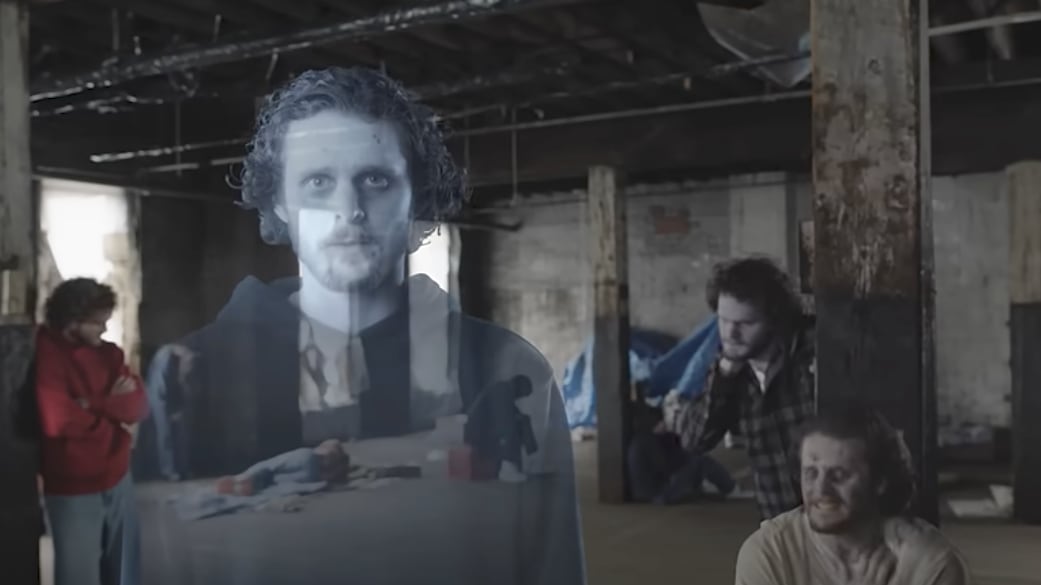
Trump-Backed Anti-Fentanyl Ads Spark Debate: Graphic Imagery and Messages from the Deceased
A new series of anti-drug advertisements, reportedly signed off on by former President Donald Trump, has ignited a firestorm of discussion. These ads, produced by the group "Make America Fentanyl Free," employ stark and unsettling imagery to combat the ongoing fentanyl crisis in the United States.

According to reports, Trump, a known consumer of cable news, expressed a desire for impactful ads that would resonate with viewers. Instead of traditional public service announcements, he pushed for visuals that would "stand out." The result? Advertisements featuring the ghosts of fentanyl victims warning viewers about the dangers of drug use.
These ads showcase disturbing scenes: decaying teeth, failing organs, and skin turning blue, ultimately leading to individuals fading into spectral figures. One ad features a user dissolving and uttering, "Don't take fentanyl. Because if you do, you'll be dead—like me." Another depicts a woman celebrating her "best birthday party ever," only to reveal it was her last due to fentanyl-laced marijuana.
The tagline at the end of these spots encourages viewers to "Join President Trump's fight to end the fentanyl crisis."
Since their release, these ads have garnered millions of views on platforms like YouTube. “Make American Fentanyl Free” has reportedly invested over $2.6 million to broadcast them on cable channels, targeting areas significantly affected by the fentanyl epidemic, including states like West Virginia, Pennsylvania, Georgia, and Michigan.

Danielle Alvarez, a former Trump advisor and spokesperson for the group, stated that the president is deeply passionate about this issue, and his advocacy was the driving force behind the organization's creation. She added that Trump provided "great advice, including the use of vivid imagery to show Americans exactly how fentanyl destroys lives, families and communities."
The funding sources for “Make America Fentanyl Free,” classified as a "dark money" non-profit, remain undisclosed. This lack of transparency has fueled further debate surrounding the ads and their potential political implications. It's important to stay informed about the fentanyl crisis and understand the different approaches being taken to address this critical issue.
What are your thoughts on these ads? Do you believe this type of graphic messaging is effective in combating drug use? Share your opinions in the comments below.
```